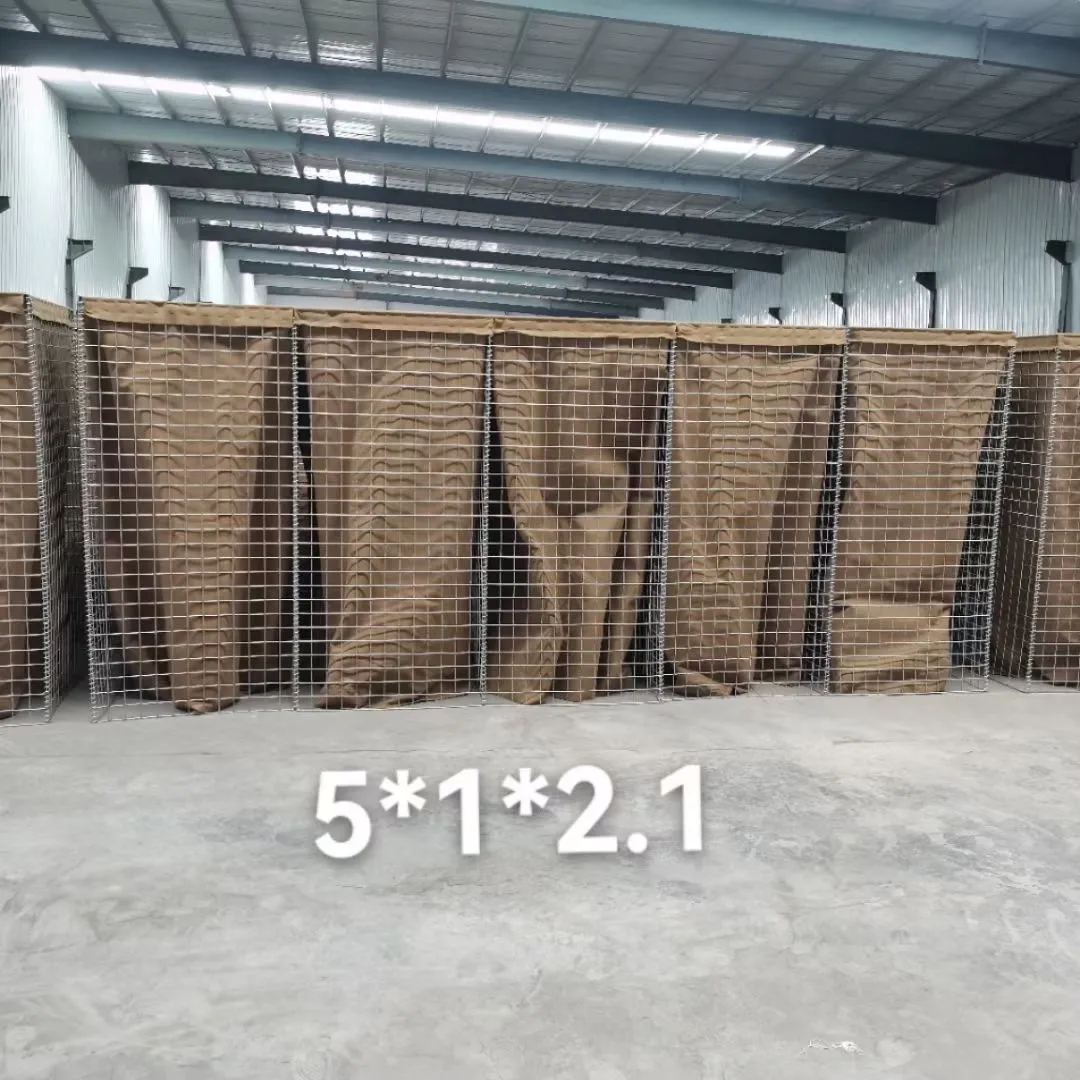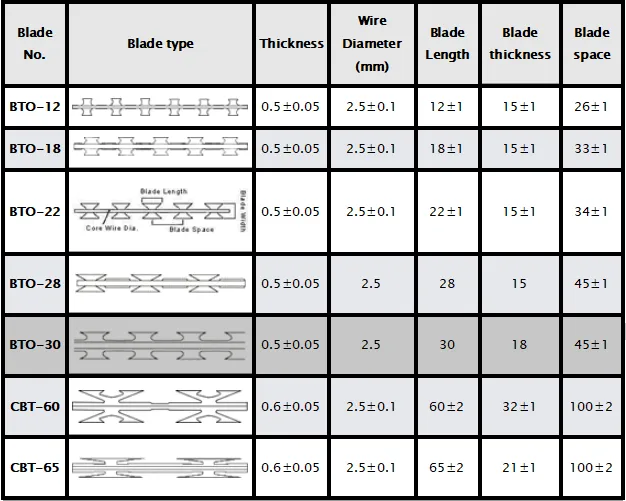ਫਰ. . 06, 2025 06:31 Back to list
Hot Dipped Galvanized Welded Metal Grid Steel Grating Ceiling


Installation costs must be factored into the overall expense of galvanized bar grating. While the grating itself might represent a significant portion of the investment, the complexity of installation can add unforeseen costs if not carefully planned. Expert installation can optimize life span and safety, making the initial cost worthwhile over the long-term use. Transportation also impacts the cost of galvanized bar grating. Due to its consequent weight and volume, the logistics of delivering the material from manufacturer to site can influence total budget considerations. Proximity to suppliers and the choice of transportation mode are pivotal in managing these expenses efficiently. Finally, market conditions, including supply and demand dynamics and the price of raw materials such as steel, can lead to fluctuations in grating costs. Keeping abreast of these economic factors is crucial for companies looking to make informed purchasing decisions and optimize their investment. In summary, the cost of galvanized bar grating is influenced by a confluence of factors, including material choice, galvanization thickness, size and customization, installation expenses, and transportation. The strategic balance of these facets ensures not only an optimal cost-benefit ratio but also that safety and durability standards are met or exceeded. By understanding these elements, stakeholders can make knowledgeable decisions, resulting in effective and economical use of galvanized bar grating across industries.
Latest News
-
Brick Mesh Wall Solutions | Enhanced by GPT-4 Turbo Design
NewsAug.01,2025
-
Premium Anti-Climb Fence Spikes for Sale
NewsAug.01,2025
-
Premium Peach Post Fence | Durable & Stylish Security
NewsJul.31,2025
-
Best Galvanized Grating Price - Durable Galvanized Steel Grating Solutions
NewsJul.30,2025
-
0.5-4.0mm Wire 2×2 4×4 8×8 Hot Dipped Galvanized Welded Mesh Roll
NewsJul.30,2025
-
Metal Fence Pickets for Sale – Durable Galvanized & Steel Options
NewsJul.29,2025
Our company owns has excellent CAD steel grating drawing designers, who can provide customers with perfect steel grating layout design and better meet customers' special requirements for products. We have been adhering to it the business tenet of "quality first, customer first", with high-quality products, reasonable prices, and the fastest delivery time, we wholeheartedly provide customers with a full range of services! Welcome new and old customers to cooperate sincerely and create brilliance together!
Contact Us
WELCOME TO OUR COMPANY!
Thank you for your interest in our services! If you have any questions or wousld like to book a service, please don’t hesitate to contact us. Our team is dedicated to providing you with the highest level of service and support, and we are committed to working with you to make your event a success.

Service Email

Service Phone
Product Center
Contact Us
- Phone: +86 +86 15733154345
- E-mail: sales@chengsenchina.com
- Address: B1213 GLOBAL CENTER, NO.226 ZHONGHUA NORTH STREET, SHIJIAHUANG, CHINA


























